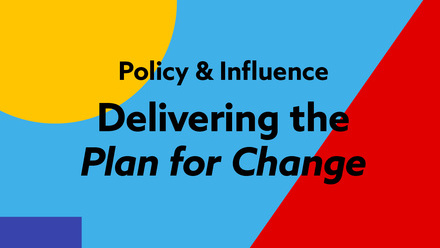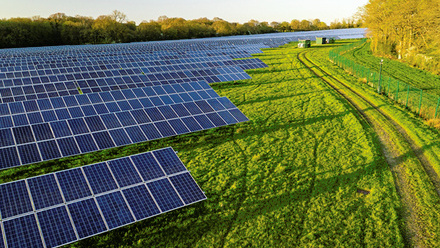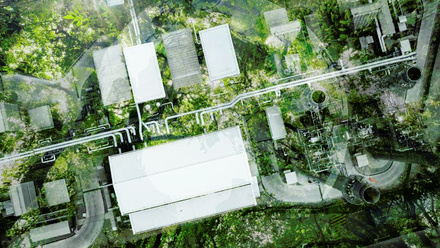Renewable energy deployment surge may bring net-zero in sight
Analysis by RMI reveals surging solar, wind and battery global capacity out to 2030 is now in line with net-zero scenarios, in partnership with the Bezos Earth Fund.

Complementary research from Systems Change Lab, shows eight countries have already grown solar and wind generation faster than what’s needed to limit global warming to 1.5°C, proving that a rapid transition to renewable energy is possible.
Uruguay, Denmark, Lithuania, Namibia, Netherlands, Palestine, Jordan, and Chile have all demonstrated that a rapid transition can be achieved across many different contexts.
By 2030, solar and wind is forecast by RMI to supply over a third of all global electricity, up from around 12% currently. Based on the forecasts, this would see solar and wind generate 12,000-14,000TWh by 2030, three to four times higher compared with 2022 levels.
The RMI says it would also surpass recent calls running up to COP28 for a tripling of total renewable energy capacity by 2030.
The RMI says, globally, wind and solar need to grow from 12% to 41% by 2030, an increase of 29 percentage points. Denmark, Uruguay, and Lithuania have already achieved such an increase over a comparable span of eight years. Namibia, the Netherlands, Palestine, Jordan and Chile have grown solar and wind generation at sufficient rates for five years.
The cost of renewable electricity has plummeted over the past 10 years, overcoming a key barrier to widespread deployment. Solar and battery costs have declined 80% between 2012 and 2022, while offshore wind costs are down 73% and onshore wind costs are 57% down, BNEF data shows.







